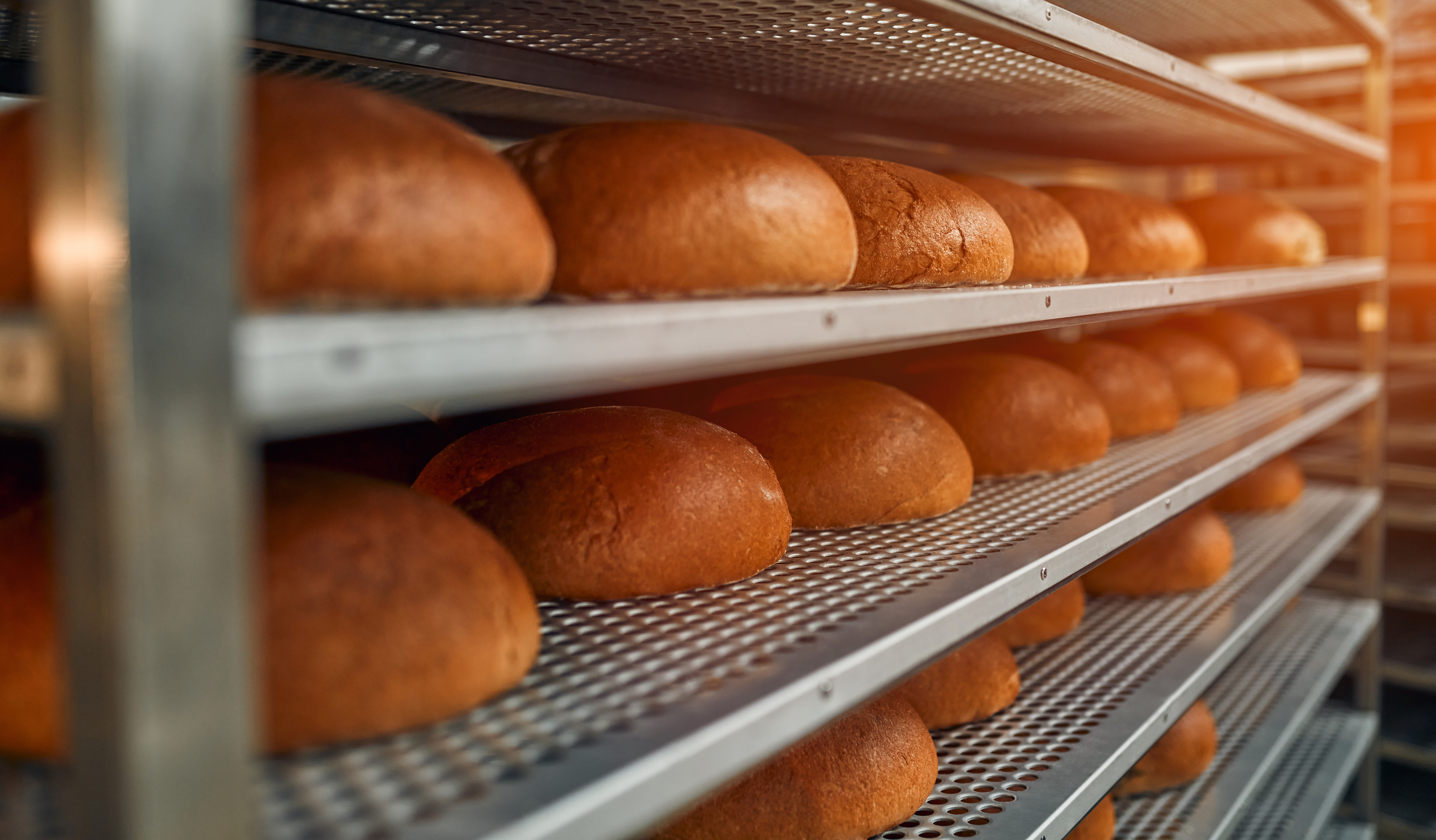Food Safety Culture: A Wedderspoon Organic Case Study
By Bill McBride, SQFI Asia Pacific Representative

Food Safety Culture is one of the SQF Edition 9 major changes. Food safety culture is an important element of a healthy food safety system. and is embedded throughout the SQF Food Safety Codes, with dedicated emphasis in 2.1.1.2. So then, how do sites successfully build and maintain a culture of food safety in their facility?
What does food safety culture mean and how do we implement it?
The SQF Code Edition 9 defines food safety culture as “shared values, beliefs and normal that affect mindset and behavior towards food safety in, across and throughout the organization.” Creating a successful culture of food safety must be led by senior management.
While there is no universally accepted formula for building and maintaining food safety culture, establishing the values and behaviors, setting goals, and devising a plan to meet these goals is the first step. You can break this process up into 4 broad steps: Consider, Create, Identify, and Measure.
- Consider the beliefs and values necessary to create the required behaviors.
- Create a simple plan that sets culture objectives and documents your commitment to facilitating culture.
- Identify and establish the norms (e.g., policies and procedures) that could impact food safety.
- Measure, review and update as necessary.
There is no perfect way to establish food safety culture. Successful implementation is about the journey and the actions undertaken to bolster a site’s motivation and commitment to food safety through employee mindset and behaviors.
Are there any tips or recommendations for building a successful culture of food safety?
I sat down with Betty Murie of Wedderspoon Organic NZ to discuss the secret to her site’s food safety culture journey. For her site, “communication has been key to a positive food safety culture”.
According to Betty, “maintaining and improving food safety culture starts at the top, but involves the grassroots level of the site, from staff recruitment to building a shared vision.” But it does not end there, “continuous training has been undertaken to upskill staff and update new standards along the way” says Betty.
Some examples of open dialogue at Wedderspoon that fosters a culture of food safety are:
- Planned internal training days.
- Relaxed regular staff meetings.
- Morning tea or afternoon lunches with the team
Recent Blog Posts
The FMI Foundation, in partnership with SQFI, awarded 19 scholarships from 152 applications for the 2025-2026 Food Safety Auditing Scholarship program.
Private brands in the grocery industry are experiencing significant growth, evolving from budget alternatives to strategic assets that drive customer loyalty and distinguish retailers.
Recall prevention means embedding food safety throughout your operations so those failures never reach the customer.




